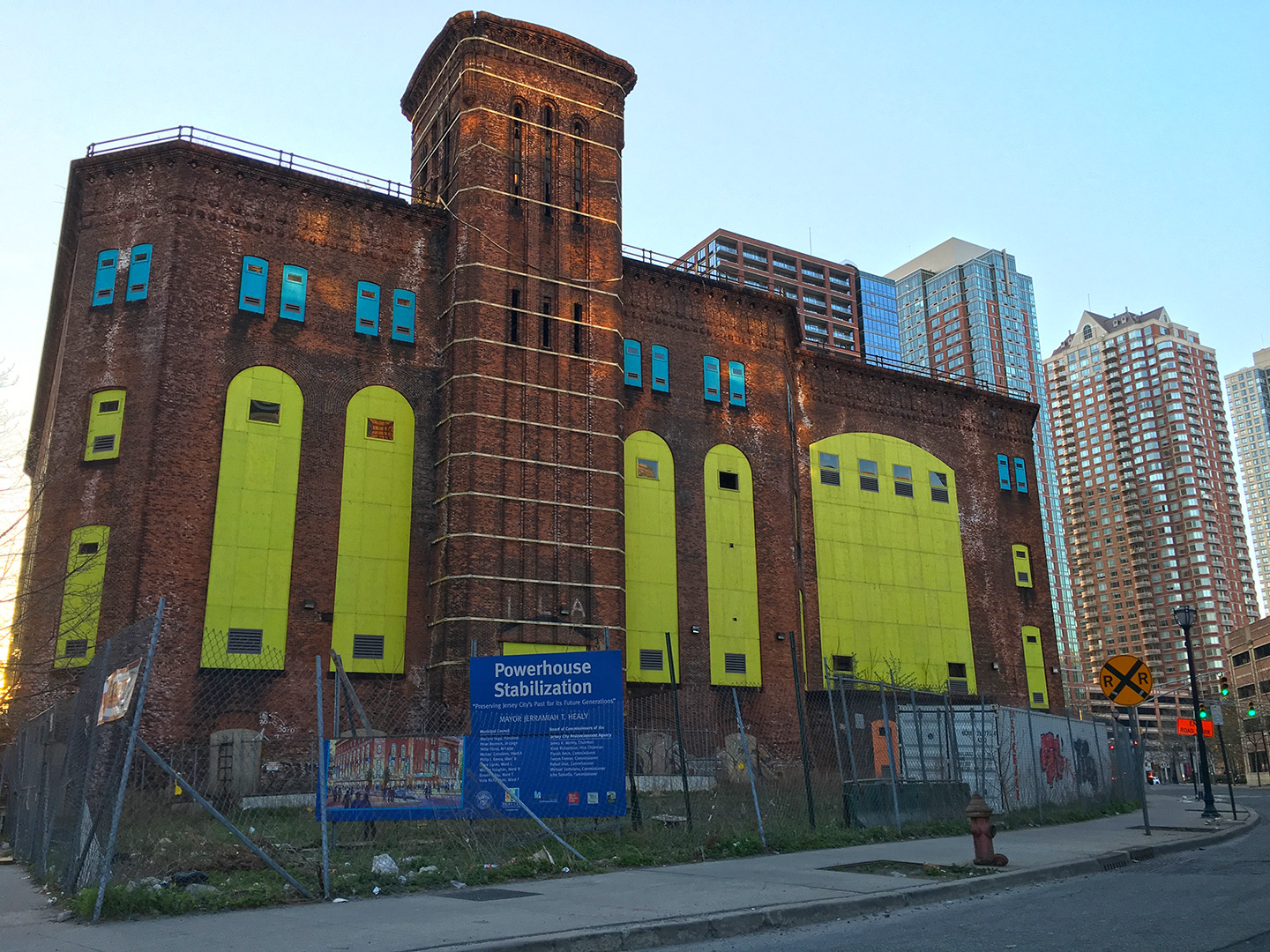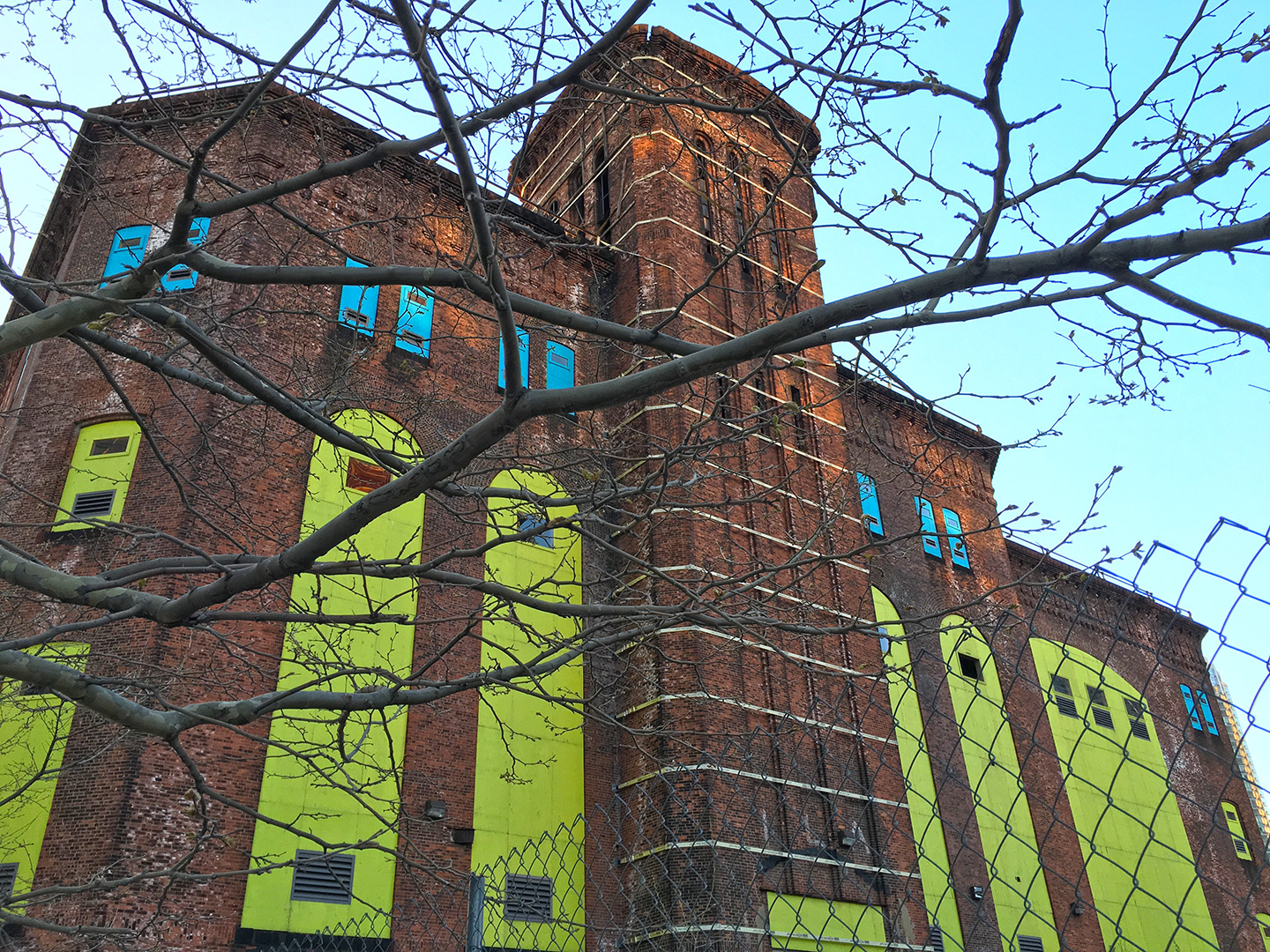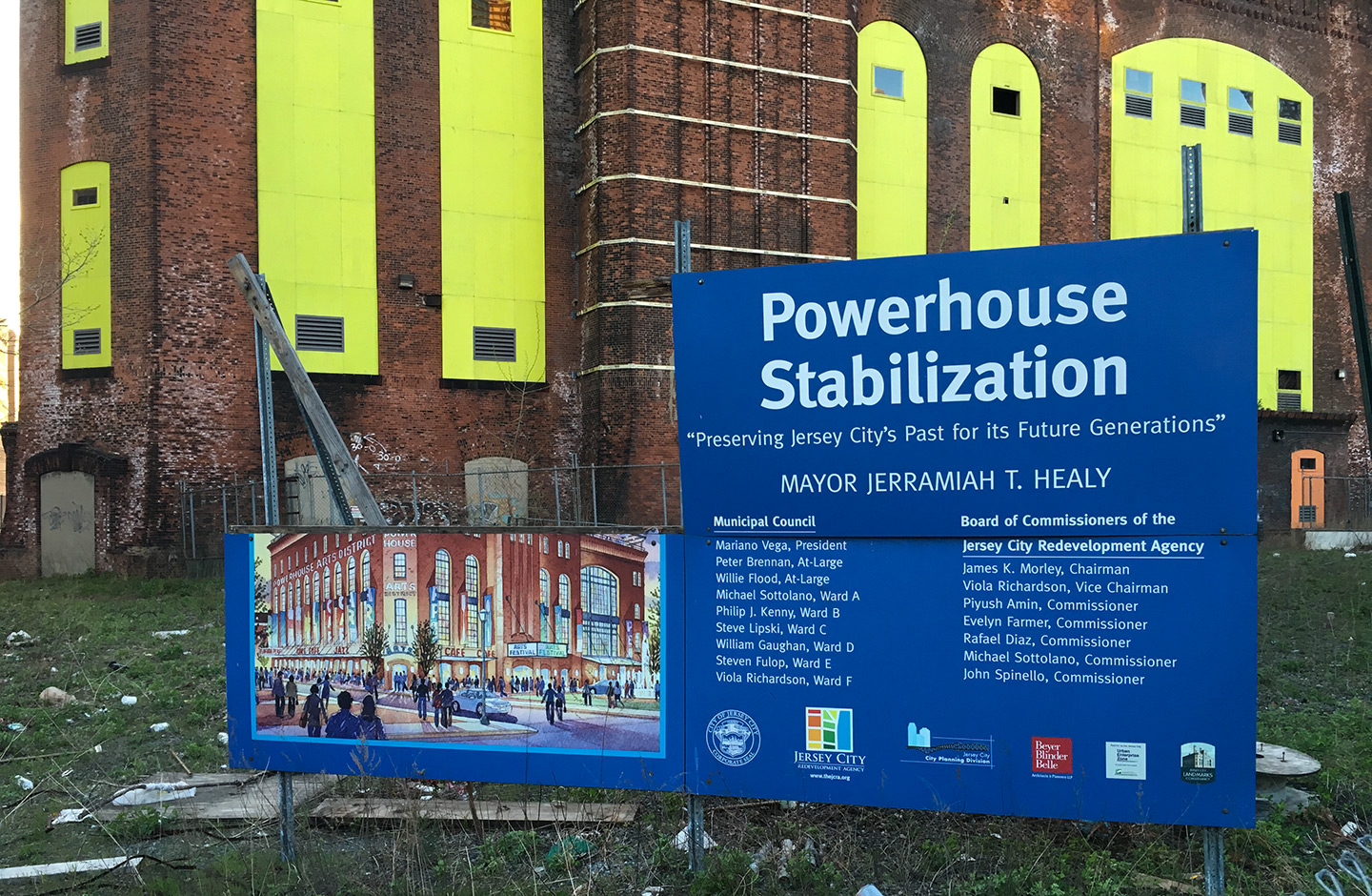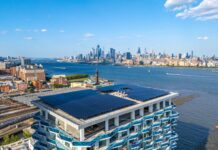 Surrounded by the omnipresent sound of construction equipment, the H & M Powerhouse stands tall as a relic of Jersey City’s industrial age longing for reinvigoration. But while the city and a redeveloper have taken some steps towards reviving the landmark, its future still seems unclear.
Surrounded by the omnipresent sound of construction equipment, the H & M Powerhouse stands tall as a relic of Jersey City’s industrial age longing for reinvigoration. But while the city and a redeveloper have taken some steps towards reviving the landmark, its future still seems unclear.
The industrial structure, whose full name is the Hudson & Manhattan Powerhouse, first opened in 1908, serving as a coal and steam-powered energy source for the newly opened Hudson Tunnels. The revolutionary subway line, which eventually became the PATH, connected New Jersey and New York City by train for the first time, with the Powerhouse providing energy to the system’s lines, cars and stations.
The nine-story property is a solid steel “superstructure” that totals about 200,000 square feet. It’s noted for its exterior brickwork, which has 28-inch thick walls, and its wide bay windows that, according to the JC Landmarks Conservatory, are the largest on the East Coast.

H & M closed the Powerhouse in 1929 after the subway lines were electrified and proceeded to utilize the structure as a storage house for railroad equipment until they went bankrupt in 1962. After the Port Authority took over the train system, the Powerhouse fell into disrepair to the point where officials once considered demolishing it.
But in December 2001, the National Register of Historic Places certified the building as a national landmark, a designation that led to the Port Authority and Jersey City agreeing to stabilize the structure. Compressors for the PATH’s track switches were moved out of the Powerhouse in 2009, followed by window removal and light cleaning of the exterior. Deficient smokestacks and sections of the roof were then taken down in 2013.

Jersey City’s council then approved a letter of intent with Baltimore-based Cordish Companies to build a $179 million retail and commercial complex inside the Powerhouse. The plans, first announced in 2014, included a 40-story residential tower in addition to the Powerhouse renovation. Both Cordish and city officials said the tower was necessary because of a $40 million funding gap.
While the Powerhouse itself has been dormant for decades, the surrounding neighborhood is adding significantly to the reshaping of Jersey City’s skyline. Last year, the ONE tower opened its doors to new renters, while the Modera Lofts, an adaptive reuse project at a former warehouse, recently started leasing their units. In the same five block radius, the Oakman condominiums are being finished up, the first 69-story building of a three-tower project called URL Urby Harborside is being completed, the second phase of Toll Brothers’ Provost Square project has broken ground and the 53-story Trump Bay Street rental tower is also in the home stretch of its construction.
If that wasn’t enough, there is another proposed 18-story project at 321 Warren Street on the site of a current parking lot and plans have also been presented for the former Juan Ribbon Machine Shop property, demolished earlier this year.
Both the city and Cordish Companies didn’t respond to requests for comment on any plans or progress on the Powerhouse deal and no renderings were provided when the plan was originally announced. But with the neighborhood’s ongoing influx of new residents, the building’s potential may be an opportunity that soon becomes too great to pass up.
Further reading:
JCPowerhouse.org
JC Landmarks
Powerhouse on NJ.com


